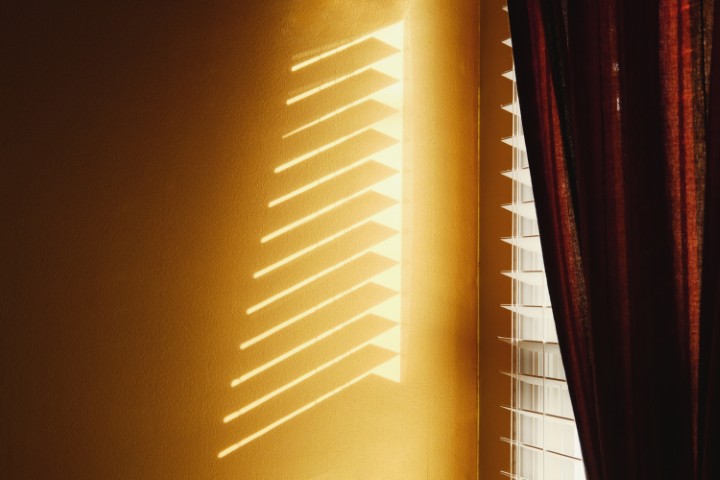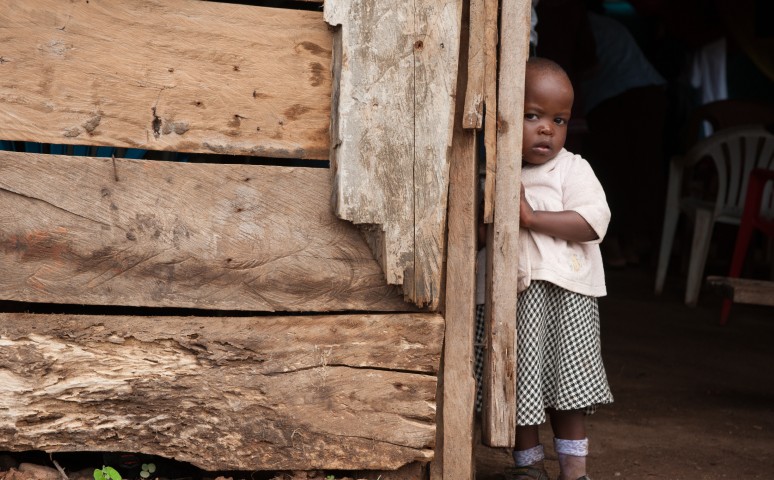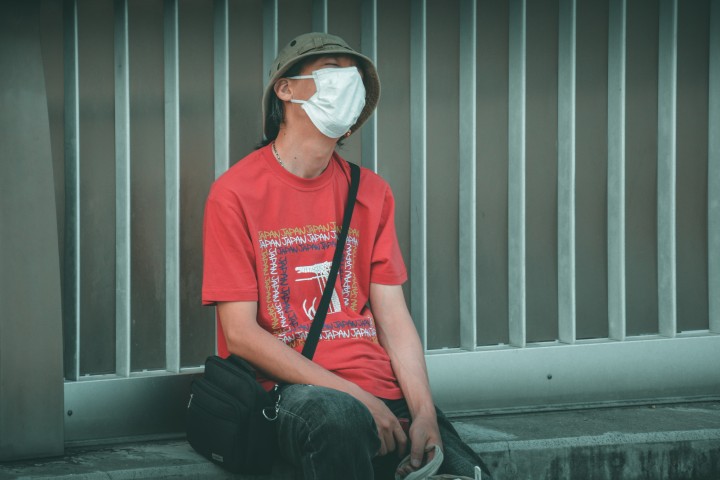
On the prayers born out of our seclusion in our homes, and the act of praying against the wall.
Yair Lipshitz
ע
In 1794, a French military officer, Xavier de Maistre, was placed in confinement in his home for six weeks due to his involvement in a duel. During this time, de Maistre wrote a short text entitled A Journey Round My Room, a travel journal recording his explorations of the room to which he was confined: from the door to the armchair, from the table to one of the pictures on the wall. The room turned into an entire world and de Maistre leads his readers in wanderings through the room.1 I think about this book on occasion, while, due to the current situation my wanderings are confined to walking back and forth in my own home, and at times, in unexpected places, prayer goes forth from me. In the armchair, behind the doors of the children’s rooms, in bed, next to the window, even next to the door to the bathroom – unarranged prayers burst out in various place in the house. Due to the huge crisis happening outside, material objects such as bookshelves, eating utensils, furniture, are imbued with meanings and memories and, in their turn, transfer these meanings to the prayers occurring between them. The closed house becomes an entire world of prayer.
For the most part, other spaces completely outside the house are dedicated to the act of prayer – from the synagogue to the forest used for Breslover hitbodedut. But an examination of the discussions in the Gemara regarding prayer in Masekhet Brakhot reveals that not only were the Sages very sensitive to prayer as an occurrence rooted in a material space and carried out within it, but they also regarded the home as a meaningful space of prayer. This aspect can be seen in the various demands for arranging the space, such as the physical placement of the person praying in relation to the bed, or the requirement to pray in a house in which there are windows.2 However, in my opinion, the deepest connections created in Masekhet Brakhot between the prayer and the space in the home where it occurs, arise out of the same component of the home that closes in on us at present: the wall.
Rav Yehuda said in the name of Rav and there are those who say in the name of Rabbi Yehoshua ben Levi: From where do we know that when one prays there should be nothing that interposes between him and the wall? As it is said: ‘And Hizkiyahu turned his face to the wall and he prayed.’3
Hizkiyahu’s prayer occurs within the intimate space that Hizkiyahu himself creates, between himself and the wall. For the Gemara, which turns Hizkiyahu into a model for how to pray, the limited space that is created between the wall and the person is the desirable space within which prayer can take place. The place of prayer is not necessarily in open spaces (‘R. Kahane said: I consider a man impertinent who prays in a field’, Brakhot 34b), but within the confines created when a person stands facing a wall.
Further on in the Masekhet, Berakhot 10b, the wall becomes the motif that is strewn between the experience of prayer and the home space itself. The Gemara first asks: ‘What is the meaning of a wall’ and Rabbi Shimon ben Lakish says: ‘[He prayed] from the innermost walls of his heart, as it is stated: ‘my bowels, my bowels I writhe in pain! The walls of my heart’. Rabbi Levi suggests another answer, connecting Hizkiyahu’s prayer to the attic room that the Shunamit built for the prophet Elisha, and from this point the discussion continues to speak of this attic space in completely architectural and material terms – what kind of structure it was, what was the role of the wall there. The details of the discussion there are less relevant at this moment, but the transition itself – from the walls of the heart to the walls of the house – is important.
Reish Lakish’s response sees in Hizkiyahu’s physical turning to the wall a more psychological-internal turning as well, a movement towards the walls of the heart. The expression ‘the walls of the heart,’ and the very imagery that the heart has walls, suggest that in this prayer, Hizkiyahu arrived at the place of the end of his internal world, to a place in which he can no longer progress further, in which he has no more space for internal movement. He has ‘run into a wall.’ From that place he releases the prayer. The transition from the physical wall to the walls of the heart and then back again to the architectural wall of the Shunamit, can, perhaps, suggest that these things are interconnected: standing opposite the physical wall can also put the walls of the heart into motion.
The danger in the wall, of course, is that it is also liable to isolate us from the outside world, which is in very real need of prayer right now. This is the case for the walls of the house just as it is the case for the walls of the heart. The physical and psychological turning inward is necessary for us; however, at the same time, it is likely to disconnect us from the reality surrounding us. Here I am reminded of another story in Masekhet Brakhot:
Abaye and Rava [when they were boys] were sitting before Rabba.
Rabba asked them: to whom do we address the blessings?
They responded to him: to the All-Merciful.
And the All-Merciful, where does He abide?
Rava gestured toward the roof. Abaye went outside and gestured to the sky.
Rabba said to them: Both of you will become rabbis.4
Rabba’s answer to the two children, Abaye and Rava, is an earlier variation of the rabbi’s words in the joke: ‘both of you are correct.’ Rava points to the ceiling, Abaye points to the open sky, and Rabba tells them that these are both the same thing. The roof would seem to block the sky, but Rava suggests that it itself can also symbolize what is beyond it. When the young Rava points above, it would seem to be evident that he didn’t mean that God sits on the roof itself, but rather that He can be found above it, similarly to the young Abaye who pointed to the sky. From the closed space, the roof hints to what is above it. It is not necessary to go outside in order for the outside to be present indoors.
Perhaps it is possible, through prayer, to put the walls into operation in a similar manner: they not only close us off from the world outside, but they can also serve as a sign that makes the world beyond them present, in spite of the fact that at present it is blocked off from us and there is a great storm taking place. Walls, like roofs, were indeed built in order to serve as the boundary between the inside and the outside, but precisely due to the presence of this boundary line, they are also able to remind us that there is an outside, to mediate for us its very existence. While we are leaning on the wall (or walking between the walls) of our homes and praying from the walls of our heart, there is the possibility of also praying for what is on the other side.
Translated by Amy Yourman





